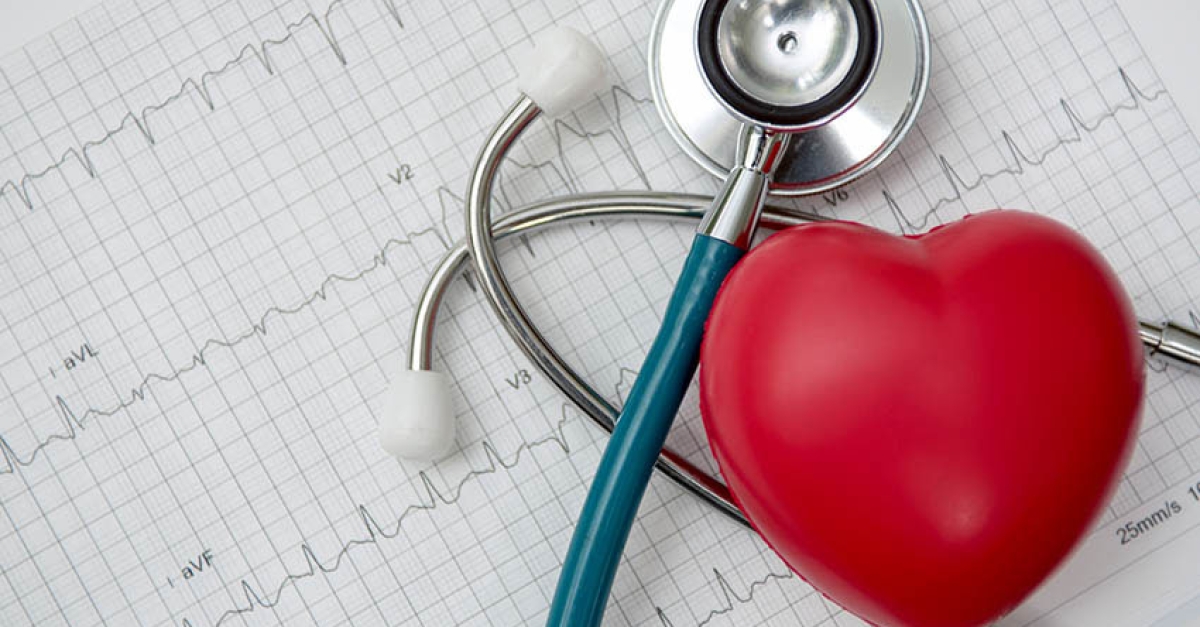In the ever-evolving world of healthcare, cardiology stands as a prominent field that continues to benefit from remarkable technological advancements. From state-of-the-art imaging equipment to cutting-edge treatment tools, cardiology has seen a surge in innovative solutions aimed at maintaining and improving heart health.
In this blog post, we’ll explore some of the most exciting cardiology equipment advancements that are transforming the way we diagnose and treat heart-related conditions.
Table of Contents
1. 3D Echocardiography
Traditionally, echocardiography has been a critical diagnostic tool in cardiology, allowing physicians to visualize the heart’s structure and function using sound waves. However, the introduction of 3D echocardiography has taken this to a whole new level. This technology provides detailed, three-dimensional images of the heart, allowing for a more comprehensive assessment of cardiac anatomy and function.
It enables healthcare providers to identify abnormalities, plan surgical interventions, and monitor treatment progress with unprecedented precision. The 3D echocardiography’s enhanced visualization is a game-changer in the early detection and management of heart conditions.
2. AI-Powered EKG Analysis
The electrocardiogram (EKG or ECG) is one of the most common tools for diagnosing heart problems. With the integration of artificial intelligence (AI) into EKG analysis, the accuracy and speed of diagnosis have significantly improved.
AI algorithms can quickly and accurately detect subtle abnormalities in EKGs that might be missed by the human eye. This technology not only aids in the early identification of heart conditions but also reduces the burden on healthcare professionals, allowing them to focus on interpreting results and making informed treatment decisions.
3. Telecardiology Solutions
The concept of telemedicine has gained momentum in recent years, and cardiology is no exception. Telecardiology solutions enable remote monitoring and consultations for heart patients, allowing individuals to receive medical attention and advice without the need for in-person visits.
This innovation is particularly beneficial for those with chronic heart conditions or patients who live in remote areas. The ability to continuously monitor heart health and access medical expertise from the comfort of one’s home is a significant step forward in cardiovascular care.
4. Minimally Invasive Heart Valves
Traditional open-heart surgery is invasive and often comes with prolonged recovery times and increased risks. Minimally invasive techniques for heart valve repair and replacement have revolutionized cardiac surgery.
Transcatheter aortic valve replacement (TAVR) and mitral valve repair are examples of procedures that can be performed through small incisions or catheters, reducing the need for open-heart surgery. Patients benefit from shorter hospital stays, quicker recovery, and reduced scarring. These advancements offer new hope and improved outcomes for individuals facing heart valve issues.
5. Leadless Pacemakers
Pacemakers have long been essential for individuals with heart rhythm problems. However, traditional pacemakers use leads, which are wires that connect the device to the heart. These leads can sometimes cause complications, such as infection or lead fracture.
Leadless pacemakers are a groundbreaking alternative. These small, wireless devices are implanted directly into the heart, eliminating the need for leads. As a result, the risk of lead-related complications is significantly reduced, offering patients a safer and more reliable solution.
6. Fractional Flow Reserve (FFR) Guidewires
Cardiologists often rely on fractional flow reserve (FFR) to assess the severity of coronary artery blockages. FFR guidewires are an innovative tool that measures blood pressure and flow in the coronary arteries, providing valuable data on the need for intervention.
With this real-time information, healthcare providers can make more informed decisions regarding the treatment of coronary artery disease. FFR guidewires have become a standard tool in cardiology, helping to optimize the use of stents and other interventions.
7. Cardiovascular Ultrasound with Strain Imaging
Ultrasound technology has long been used in cardiology to create images of the heart. However, the latest advancements in cardiovascular ultrasound include strain imaging. This technique assesses the function of heart muscles by measuring their deformation during the cardiac cycle.
Strain imaging can help detect abnormalities in the heart’s pumping function, even in the absence of obvious structural issues. It plays a crucial role in identifying early signs of heart disease, enabling timely intervention, and preventing further damage.
8. Intravascular Imaging
Intravascular imaging is a critical tool in interventional cardiology. These advanced catheter-based techniques provide real-time visualization of blood vessels from the inside. They use techniques like intravascular ultrasound (IVUS) and optical coherence tomography (OCT) to assess vessel anatomy and plaque characteristics.
This information guides cardiologists during procedures such as angioplasty and stent placement, ensuring optimal results and reducing the risk of complications.
Conclusion
The innovations in cardiology equipment have transformed the landscape of heart healthcare for the better. Thanks to these advancements, healthcare professionals now have more accurate diagnostic tools, less invasive treatment options, and advanced means of monitoring patient heart health.
However, the future of cardiology promises even more breakthroughs, leading to better patient outcomes and a healthier system. And with the help of EMR software, these advancements can be more effectively implemented to improve patient care. The path to healthy hearts is becoming clearer and more achievable with each new innovation, offering hope for individuals from all walks of life.

